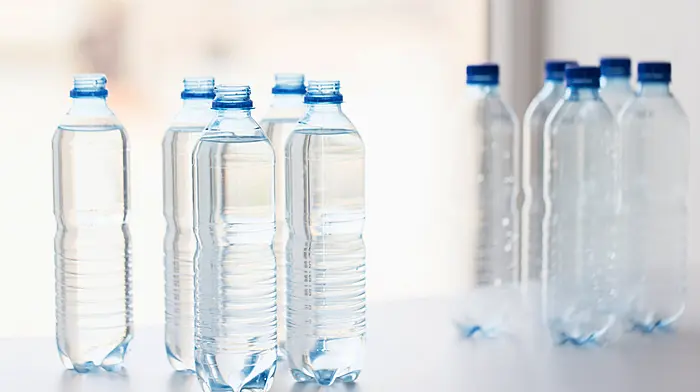In combating the biggest threat to humanity, time is not on our side, so we must start looking at innovative technologies and options, writes Professor Jerry D Murphy
TO minimise the impact of climate change we must decarbonise, and we must do it soon.
We talk about net zero by 2050 and other such dates in the far-off future. However, greenhouse gases (including carbon dioxide, methane, and nitrous oxide) emitted now add to the global warming effect and reduce our ability to limit a rise in temperature to just 1.5oC.
In combating climate change, time is not on our side; innovative technologies need to be commercialised and, as for all major pieces of infrastructure, need planning and construction. Projects proposed now may not be in operation for 10 years.
When we think of decarbonisation our first thought is often renewable electricity and, more than likely, wind turbines. This is simplistic on a few levels. Electricity comprises only about 20% of energy, with transport and heat (more difficult areas to decarbonise) comprising about 40% each.
If we decarbonise all electricity, that corresponds to only 20% of energy.
There are proposals to electrify domestic heating (deep retrofit and heat exchangers) and domestic transport (electric cars) but we are still looking at the low hanging fruits.
Many intensive industrial processes depend on fuels for heat and when we look at planes, ships, and long-distance haulage, these are not suitable for electrification.
And furthermore, there are even more difficult areas to decarbonise, beyond energy.
Think of the quantities of steel and concrete in a wind turbine – how will the production of these materials be decarbonised?
In Ireland, agriculture contributes about one third of all emissions. The production of beef and cheese and milk and infant formula (of which Ireland is the source of over 10% of world production) all depend on cows, and cows belch methane.
Beyond cattle, crop yields are dependent on fertiliser, and fertiliser is dependent on natural gas – in essence we spread natural gas on the land to achieve yields of food required to feed the planet.
How do we decarbonise ships, planes, trucks, fertiliser, steel, and cement? These are what we term the ‘hard to abate’ sectors; the fruits that are not low hanging.
There are no definitive decarbonisation pathways agreed for these hard-to-abate sectors.
But this is where hydrogen offers solutions. Grey hydrogen is produced from natural gas and is still a fossil fuel.
However, green hydrogen is produced by splitting water (H2O) into hydrogen (H2) and oxygen (O2) in electrolysers powered by green electricity.
Electricity may be brought to shore from an offshore wind farm to an electrolyser which produces green hydrogen. This facilitates the electricity system.
We have a target of 70% renewable electricity (on average over the year) by the year 2030. However, electricity from wind is variable in production and if we average 70% over the year there will be periods when electricity supply will be significantly larger than demand. This temporal mismatch has led to times of negative pricing of electricity on the wholesale market in Europe.
Green hydrogen is a solution to this in that it can provide storage of electricity that may otherwise be spilled or wasted from the system and can convert the electrical energy to a transportable fuel.
Hydrogen can be used as a fuel in compressed form in a fuel cell which is very efficient and can power trucks and ships. There are few alternatives to hydrogen in the production of green steel.
Hydrogen can be reacted with CO2 in the flue gas from industry (carbon capture from cement production or from a cheese production facility) to help reduce the carbon footprint of the industry, whilst producing liquid fuels such as methanol (CH3OH) suitable for transport. Hydrogen can be reacted with nitrogen to produce ammonia (NH3) one of the most manufactured chemicals in the world. Ammonia is proposed as fuel for ships but also brings us into the realm of green fertiliser, reducing the carbon footprint of food.
There are several proposals for hydrogen production, processing, and storage in Ireland.
EI-H2 propose a €120m investment in a 50 MW hydrogen facility in Cork Harbour.
In Bantry Bay, EI-H2 have a proposal (with Zenith Energy) for a 2,700 MW green hydrogen production facility followed in a second phase by conversion of green hydrogen to green ammonia in a 500 MW facility.
The ESB announced the development of Green Atlantic@Moneypoint, a multi-billion development including for a 1,400 MW floating offshore wind farm (with Equinor as partners) and a major green hydrogen facility earmarked to decarbonise heavy transport, industry, and cement manufacture.
If these proposals are developed, Ireland will have potential to meet its decarbonisation challenge.
If not, we will remain the laggard of Europe.
• Prof Jerry D Murphy is professor of civil engineering in University College Cork and director of the MaREI centre for energy, climate and marine.









